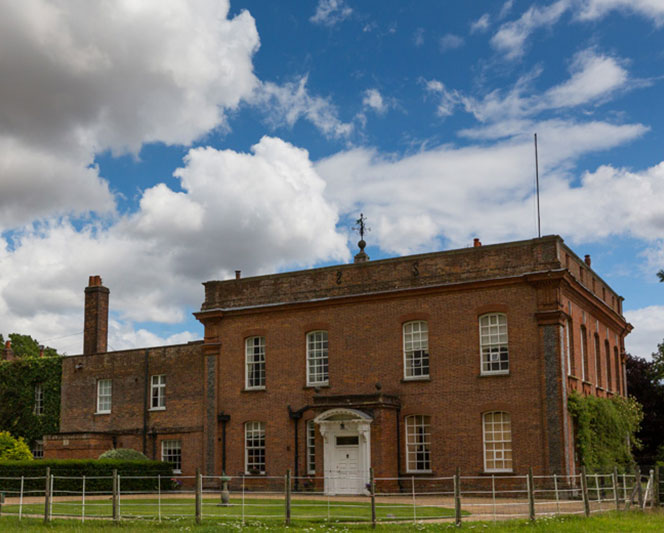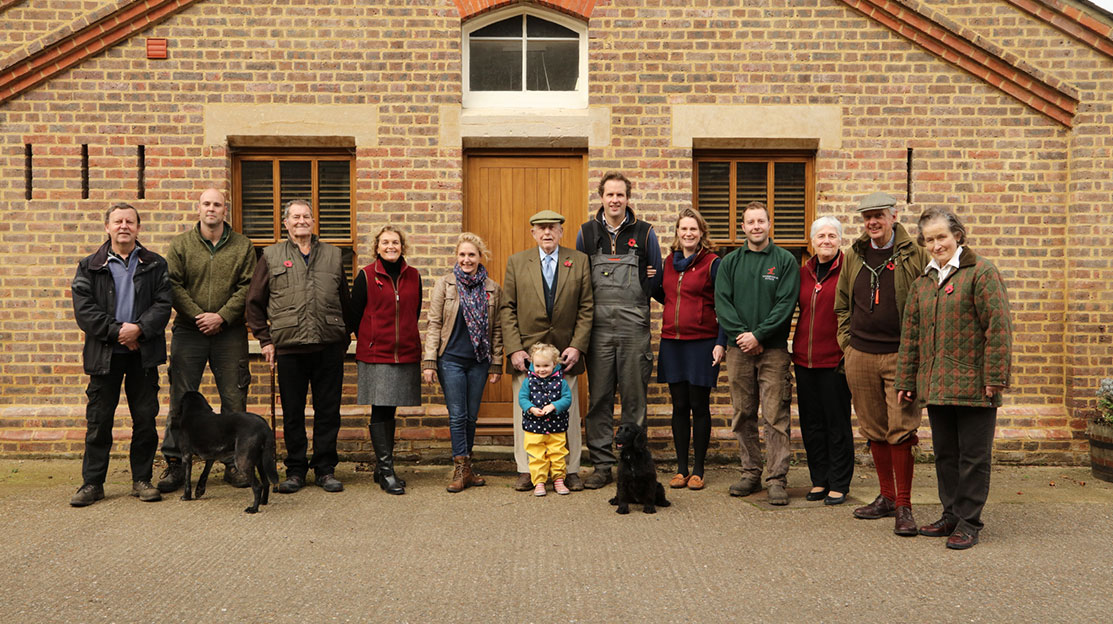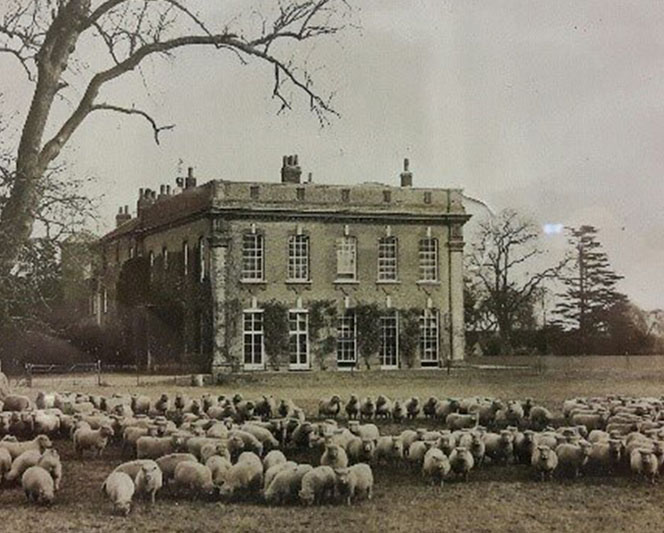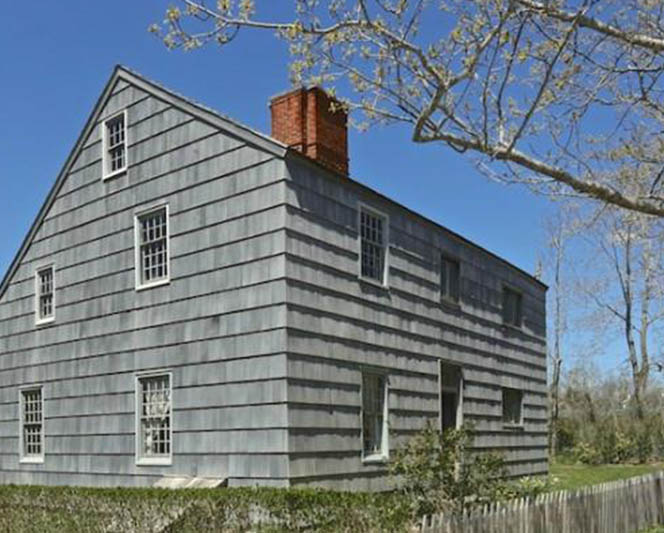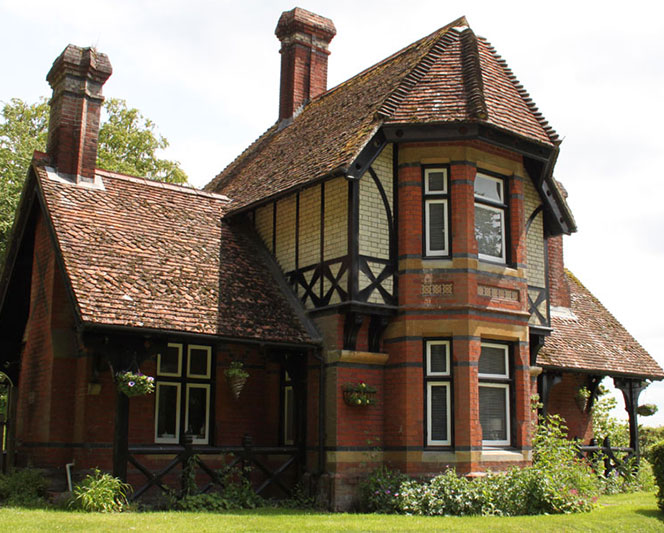The history of the Halseys is synonymous with that of the Gaddesden Estate, the family having looked after the land since before the dissolution of the monasteries by King Henry VIII in the mid 16th century. Today the Estate is run by Nicholas and Guy Halsey.

